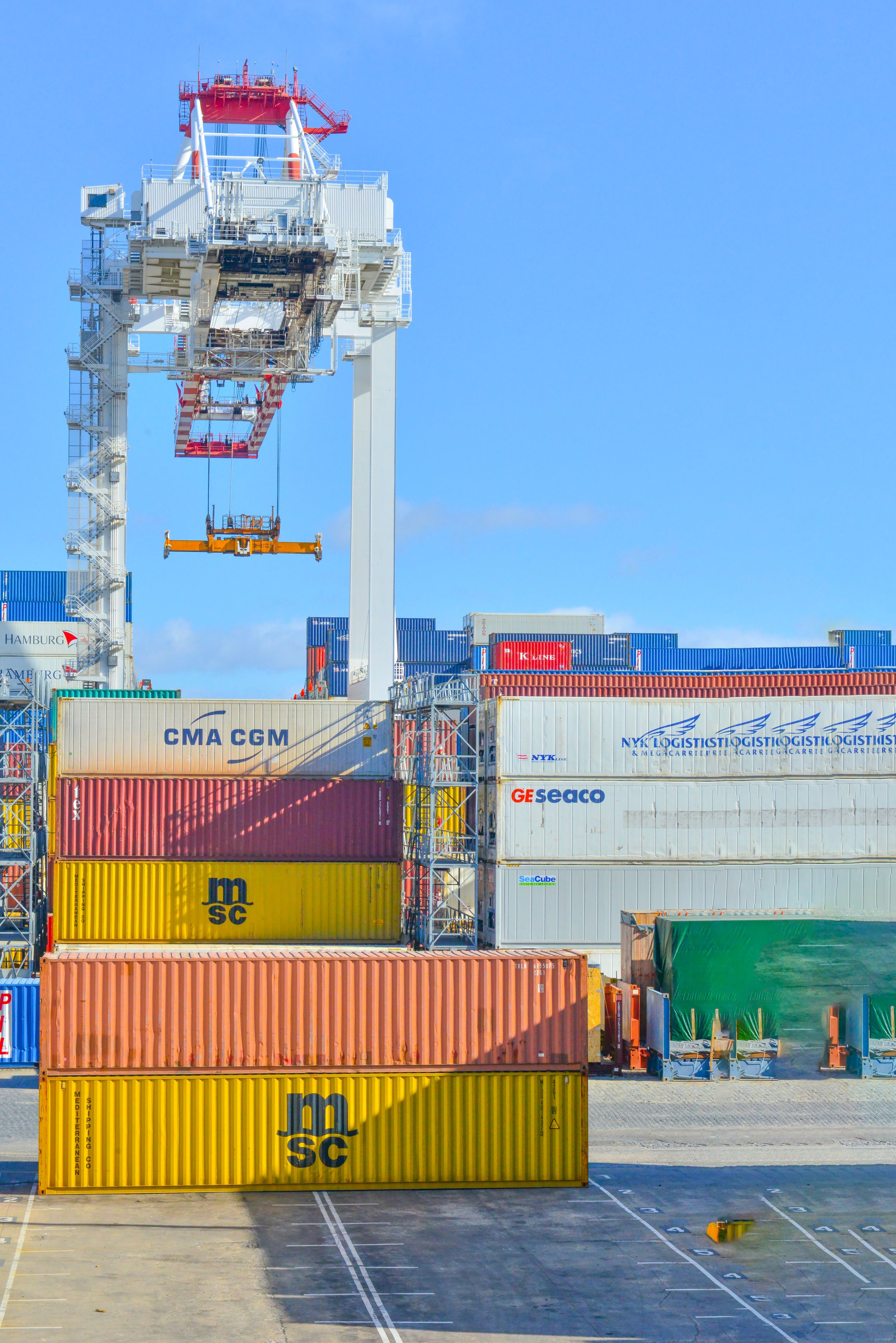Freight Industry Recovery Could Extend Until 2025
🚛 Freight Industry Recovery Could Extend Until 2025.
Economic analysts predict that the freight market's weak conditions could persist until late 2025, based on the presentation of weak U.S. economic data at the Journal of Commerce Inland Distribution Conference. Factors such as saturated retail inventories, rising interest rates, and elevated costs continue to hinder the recovery of freight markets, despite some short-term positive signals in consumer spending. While a recession in the U.S. economy is not expected this year, growth will be slow, with GDP projected to grow by 2.3% in 2023 and possibly only exceed 1.5% in 2024. Higher costs for consumer staples and rising interest rates are expected to further impede spending, affecting manufacturing and, subsequently, shipping demand. Analysts also anticipate a typical peak season in 2023, following historical trends, but remain watchful for improvements in new home construction as a sign of economic recovery.
Landstar System, a logistics company, shared a mixed bag of results in their recent earnings call, staying optimistic despite a tough market.
In March, the freight sector didn't quite hit the usual spring upswing, with the Cass Freight Index reporting that both shipments and expenditures mostly mirrored February's figures, falling short of typical seasonal patterns.
Companies have invested nearly $2 billion to acquire terminal assets from Yellow, comprising 128 properties and 25 leases.
Knight-Swift Transportation, a major player in the trucking industry, managed to increase its revenue despite weak freight demand in the last quarter of the previous year.
The FreightWaves State of Freight webinar discussed the current state of the freight market, highlighting that while truckload rates remain relatively stable, demand for freight has been strong.
Economic analysts predict that the freight market's weak conditions could persist until late 2025, based on the presentation of weak U.S. economic data at the Journal of Commerce Inland Distribution Conference.
Despite current challenges in the trucking and transportation markets, a survey by Truckstop and Bloomberg Intelligence indicates that more than 60% of freight brokers and logistics professionals expect demand for their services to grow over the next six months.
The North Central Texas Council of Governments (NCTCOG) is implementing a five-year intelligent traffic signal optimization program in the Dallas-Fort Worth area to reduce the number of stops for trucks at traffic lights.
Uber Freight reported a significant decline in its second-quarter earnings before interest, taxes, depreciation, and amortization (EBITDA) compared to a year ago but showed improvement sequentially.
The freight industry is grappling with inflationary pressures, including labor cost increases and reduced consumer spending
The transportation funding committee in the U.S. House of Representatives will consider a fiscal 2024 transportation bill, which would allocate $90.2 billion for the Departments of Transportation and Housing and Urban Development.
DAT Freight & Analytics reports that truckload freight volumes and spot rates remained steady in June, while contract rates reached their lowest levels in nearly two years.
The ongoing strike at Canadian West Coast ports is causing a significant impact on freight rail cargo entering the United States, according to weekly rail trade data from the Association of American Railroads (AAR).
The latest Cass Freight Index data suggests that the U.S. freight market may be nearing a bottom, with signs of a new cycle emerging.
The trucking industry experiences an ongoing freight cycle downturn, although positive de-stocking trends have provided some balance amid low demand.
Spot market freight rates and volumes experienced a decline during the Independence Day holiday week, according to the Truckstop system.
The freight sector is on the cusp of a turning point as the market rebalances and prepares for a rebound in business conditions, according to ACT Research.
The disruptions and rising freight costs experienced in recent times have prompted businesses to seek aggressive cost-saving measures.
Researchers at the Lawrence Berkeley National Laboratory propose using electric batteries on freight trains to support the power grid during spikes in energy demand.
The FRA recently completed a safety culture review of Norfolk Southern prompted by a significant derailment in Ohio.
Swedish electric and autonomous trucking company, Einride, has signed a Memorandum of Understanding (MOU) with the United Arab Emirates (UAE) to develop a freight mobility grid called Falcon Rise.
Supply chain professionals are expressing concerns about three main challenges in the second half of 2023: the possibility of a U.S. recession, geopolitical risks, and rising operating costs.
Recently, maps have emerged that depict the vast extent of China's railway network stretching across Asia.
In a move towards more efficient transportation systems, cities like Miami and seven others are replacing trucks with cargo freight bikes.
Indian air freight forwarders are optimistic about the growing demand for aircraft-on-ground (AOG) and aero parts shipments as India's aerospace manufacturing sector expands.
The reduced demand for freight continues to affect the industry, leading to issues with rebalancing.
Lying in a strategic location at the crossroads of several major transportation corridors in the central United States, St. Louis is easily accessible by road, rail, and river.
In a November 17th earnings call, Gap CFO Katrina O’Connell credited lower air freight rates to the company’s improved operating margins during Q3.
Data-driven decisions are how companies can best unlock their value and freight audits will deliver actionable intelligence points.































Phil Yeager, the CEO of Hub Group, highlighted ongoing financial pressures during the company's recent earnings call, pointing to a soft market mainly caused by an excess of truckload capacity that hasn’t yet exited the industry.